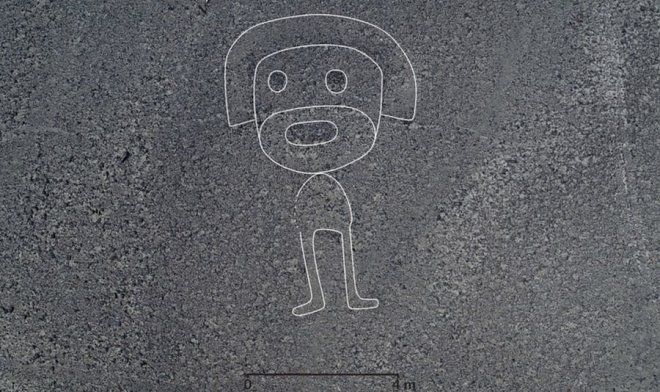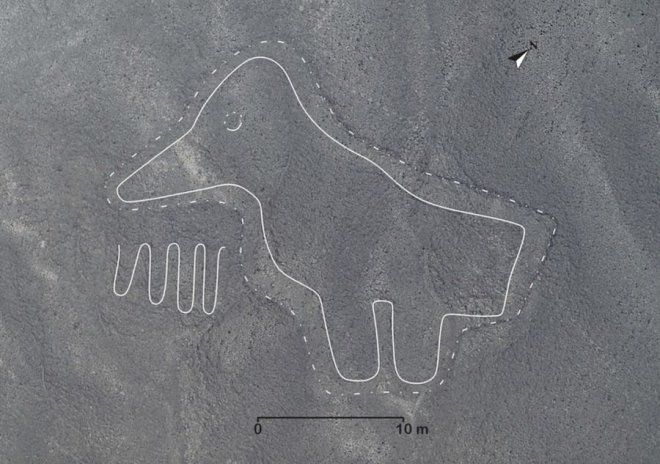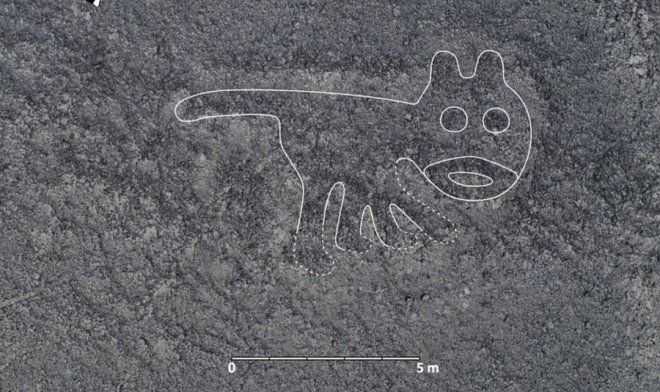Scientists found 168 new geoglyphs in the Nazca Desert
Scientists found 168 new geoglyphs in the Nazca Desert
If you look at the Nazca Desert in Peru from above, it becomes a fantastic picture gallery. Someone managed to draw a huge number of geoglyphs on the surface of the earth – images of such size that they are only visible when viewed from the air. Basically these are figures of people, birds and animals. To date, with the help of drones and aerial photography, scientists have identified 168 previously unknown images.
However, researchers from the Japanese Yamagata University are confident that the mysterious geoglyphs are much more, and now found no more than 5% of their total number. The discovery of lines complicates the method of their creation – ancient artists applied them to the ground, removing debris and stones. Now, as centuries have passed, natural erosion has made them even less readable. Today, scientists use a variety of methods to unravel their age and purpose.

AI-analysis is used, which helps to see the lines where the human eye cannot see them. Judging by the fragments of earthenware found near the geoglyphs, they can be dated from 100 BC to 300 AD. According to one version, the images were addressed to the gods, who might have looked up to them. Another version assumes that the figures were intended for some kind of astronomical rituals and symbolized the constellations.

